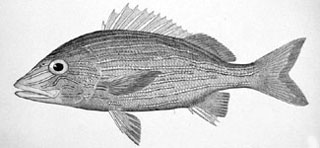 |
| IBHS research facility |
This past year, the Institute for Business & Home Safety (IBHS), the research arm of the insurance industry, unveiled a new research center dedicated to learning how homes survive under weather-related stress. The massive facility, located in rural South Carolina amid dairy farms, can fit up to nine mid-sized houses, and has the ability to simulate torrential rain, hurricane force winds, and even wildfires.
The motivation behind research at the new IBHS center is to learn more about construction, maintenance, and building codes that are conducive towards disaster preparedness.
The research is part of a larger initiative by the insurance industry to respond to the multi-faceted challenge of climate change. As climate change increases the occurrence and severity of extreme weather events, insurance companies will have to cover unprecedented losses. Last year, severe weather events caused $37 billion in insured losses, the sixth-highest total for insurers since 1980, according to reinsurer, Munich Re. In addition, the United Nations reported that natural disasters caused $109 billion in total economic damage last year, three times more than in 2009.
Changes in climate are also compounded by changes in the "built" environment. High-risk areas for extreme weather-related events, such as Florida's coast and most "beachfront" property, can be hotspots for real estate development, oftentimes resulting in a landscape of high-density, high-value properties. Most of these properties are not built with the potential of withstanding natural disasters, such as flooding or a hurricane, in mind.
Insurance companies recognize that raising premiums will not be enough to cover losses. With the research at the new IBHS center, the insurance industry ultimately plans to incentivize ways of putting building codes and construction materials designed to withstand extreme weather, into practice.
Sharinne Sukhnanand
**
These briefs are part of a weekly series of updates to the publication: Climate Change: Past, Present, and Future. The entire series can be found here.



